Unforgotten Brands: Malabar
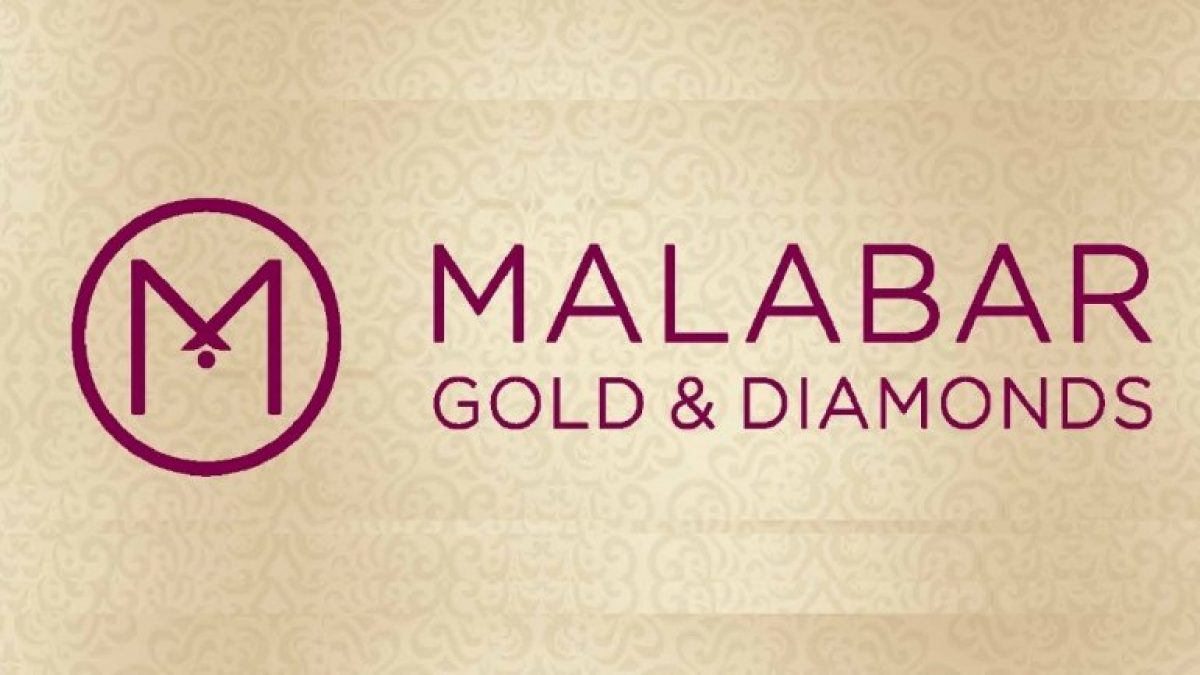
The dedication, honesty, and high quality of Malabar’s jewellery have made them very successful and are growing rapidly
When MP Ahammed was born, his father, a farmer, was well-known in his hometown of Karayad and had already reached the age of 60. He was the youngest of six children and the only son. Ahammed’s father didn’t want to send him to an educational institution far away, so he put him in a parallel college close by to finish his pre-degree program.
Ahammed’s father died when he was 24 years old, in 1981. He quickly packed his things and headed to Kozhikode, which is about 40 kilometres away, to start his own business. He started by selling vegetables and spices from the hills, which was a popular way to make money back then. He made a lot of money selling copra, which is the dried-out coconut flesh used to make coconut oil.
But that business came with a lot of risk. He used to send produce to various parts of the country. But payments were often late, and sometimes there were even duplicate C forms (an acknowledgement). At that point, it was a high-risk, low-reward business. It didn’t help that Ahammed had sold goods worth ₹17 lakh to a company in Mumbai called Cococare, but they hadn’t paid. Cococare was a large business in Mumbai and western India that produced coconut oil. To get money for the shipment, Ahammed had already put up his land as collateral with the State Bank of Travancore.
They told him that Hindustan Unilever wanted to buy their business and would pay ₹22 crore. They asked him to send more raw materials so that they could keep making things and the business would keep going. He asked friends for more money, and he sent the materials to them. There was a lot of risk. Unilever bought Cococare in the end, though, so Ahammed got his money back.
Ahammed also gained insight into the significance of a strong brand. He was shocked when they told him that the brand was worth ₹22 crore, even though it was losing money. At that point, he understood how important a brand was and chose to build one.
At the same time, the economy was going through a big change. The government was introducing a new economic policy, which led to increased privatisation and liberalisation. After the government chose to devalue the currency, the Indian rupee started to lose a lot of value. It went from being worth ₹17.5 to the US dollar in 1990 to being worth ₹30 by 1993.
The Start
The Middle East has many Keralites, and this provided a significant opportunity for many Keralites as the value of money they sent home increased. As other investments had not yet caught on, gold was one of the most sought-after investments in the country. A friend of Ahammed’s in Mumbai told him that the price of gold would go up. He bought gold from friends who were in the Middle East. He got in when the price of gold was ₹390 per gram, and he knew that this cycle would cause home prices to rise at the same time.
People had a very high opinion of gold jewellery, and they wanted to take advantage of that by giving the people of Malabar a name that sold the best jewellery without sacrificing quality.
Seven of his family members got together. The biggest problem, though, was money. They ultimately decided to sell their house and managed to raise 50 lakhs to invest in the business. This made them the initial proprietors of the business. He still owned 58% of the company. He bought gold bars and then had goldsmiths make the jewellery for him.
Ahammed opened his first store in Kozhikode, in a 400-square-foot room on the first floor of a building. He was brave for his age, 36. His sisters’ children also joined the business, contributing to its growth. Everyone worked together on it.
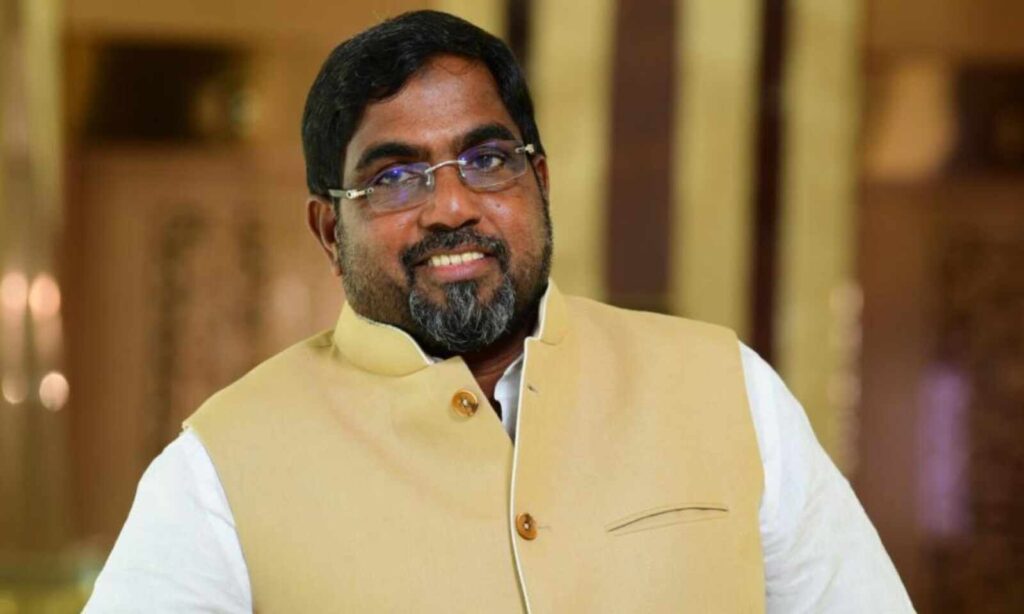
Name
The famous Indian civil servant Amitabh Kant helped build the country’s biggest jewellery brand by accident.
In Kozhikode, Kant was the district collector. He had become well-known in the city thanks to several projects that tried to promote the area’s history and improve its infrastructure.
The Malabar Mahotsavam was the most well-known. It was a culture fair with classical dances, ritual arts, and musical performances by both local artists and renowned performers like Amjad Ali Khan and Zakir Hussain.
Malabar was always in the news, and people talked about its history. Kant had started several projects with the name Malabar. Because of this, Ahammed thought it was right to build the brand around Malabar when he started his jewellery business in 1993. In contrast to individual names, Malabar represented an area with a long history.
This is how Malabar Gold and Diamonds came to be.
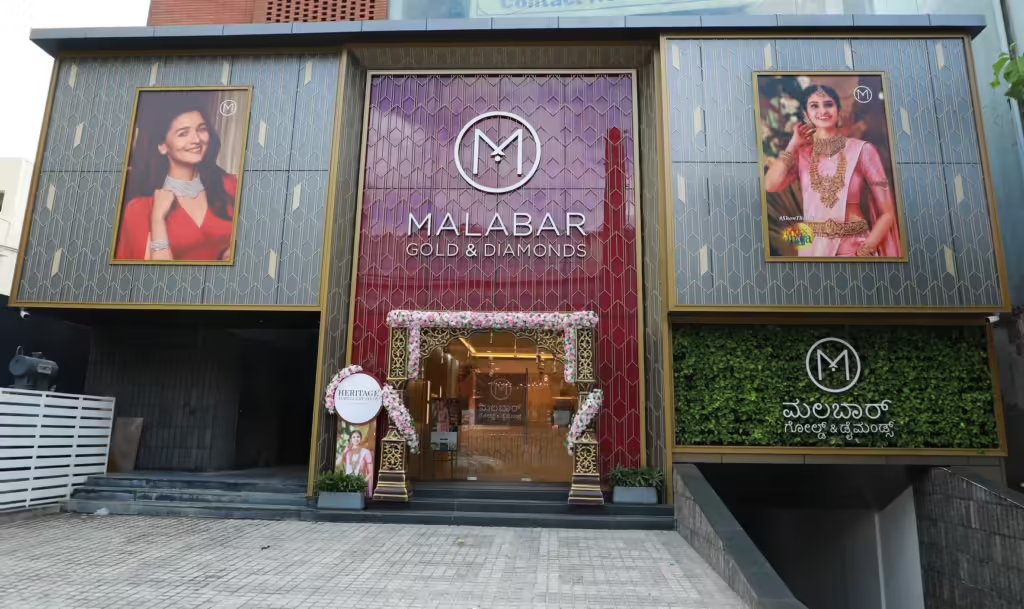
Getting Bigger
Because Malabar cared so much about quality, the first 400-square-foot store in Kozhikode was a big hit. Ahammed says the store would only sell 22-karat gold and offer different deals, such as buying gold back and maintenance-free for life. They also had an imported gold carat check analyzer.
By 1996, the business had opened a second store in the nearby town of Tirur. They then moved to a 700-square-foot store in Kozhikode. They opened the Tirur store with new owners and partners but Ahammed retained most of the business ownership. This was a model they used a lot going forward.
In 2008, the company opened its 20th store, this time in the UAE. In 2013, it opened its 100th store in Gurugram. Between 2013 and 2018, the group opened two times as many stores. It now has more than 4,000 owners, and up to 20% of them, or about 800 people, work for Malabar Gold & Diamonds.
These days, the business runs through a mix of franchises and shops. The main business oversees the day-to-day operations, including personnel decisions, design and production, and so on. They also closely monitor quality, service, and operations. One of its owners is billionaire Ravi Pillai. Ahammed collaborated with Pillai when he opened an outlet in Kollam, Pillai’s hometown.
The group now has more than 120 companies, and 43 of them run 213 gold stores in India. People who have invested in different businesses have done so through personal recommendations or friendships.
Malabar Gold and Diamond made ₹51,474 crore in sales in 2023–2024, which made it the sixth biggest jewellery store in the world. The group also deals with 50 metric tonnes of gold every year.
New Frontiers
Now that the company has a strong foothold in southern India, it is fiercely expanding its reach in the west, east, and north. In addition to locations such as South Africa, Egypt, Bangladesh, Turkey, and New Zealand,
Even though the company tried its hand at the textile business in 2005, it shut it down six years later because it wasn’t making any money. The Malabar Group now has a real estate business. They build homes, villas, and shops in Kerala.
Malabar is known for its beautiful designs and wide range of traditional and modern gold pieces. Each customer can customize Malabar’s wide range of traditional jewellery to suit their needs and tastes. The company also upholds the values of honesty and responsibility in its work. There is a wide range of jewellery in the beautiful gold and diamond collections, from necklaces and bracelets to bangles and neckpieces. It suits both the wearer and the occasion.
Reference
https://www.forbesindia.com/article/leadership/how-mp-ahammed-built-malabar-gold-amp-diamonds-small-shop-in-kerala-to-rs-51000-crore-behemoth/93797/1
https://www.5paisa.com/finschool/the-man-behind-the-success-of-malabar-gold-and-diamonds/
https://yourstory.com/smbstory/malabar-gold-diamonds-jewellery-mp-ahammed-kerala
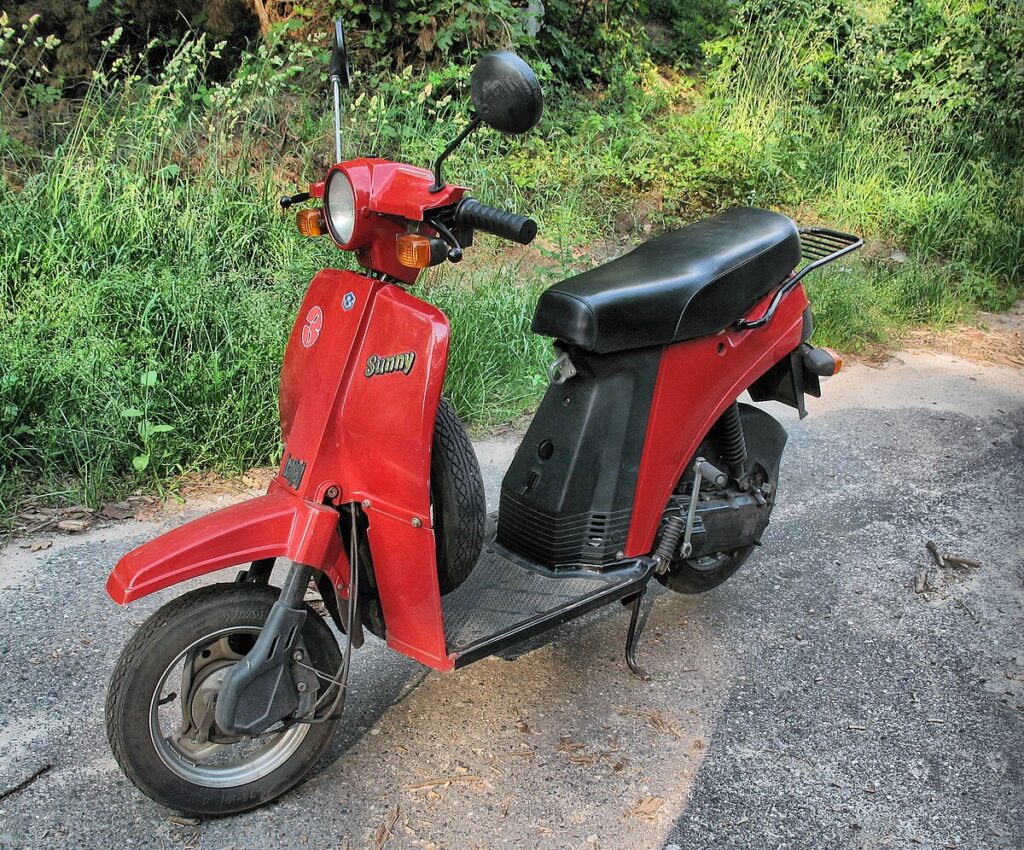
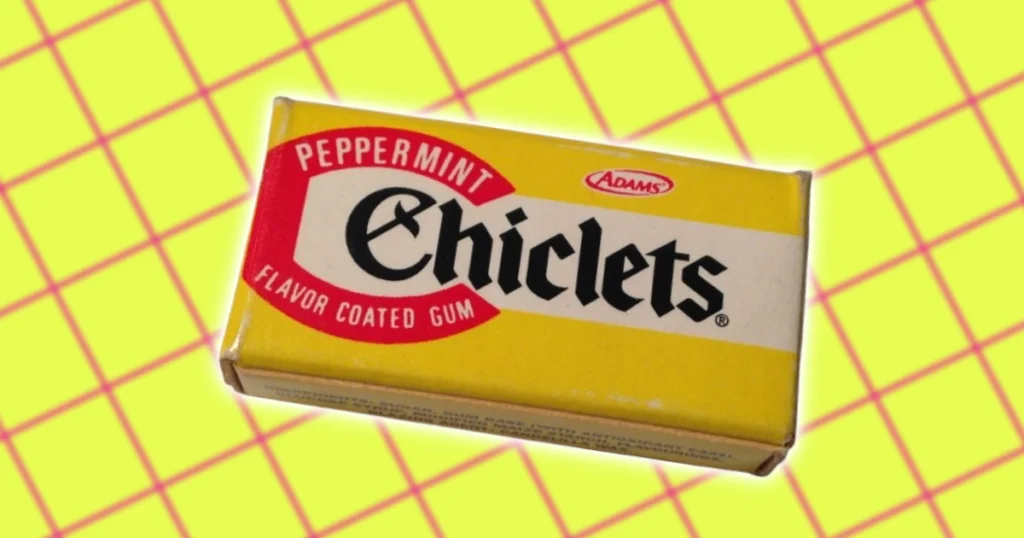

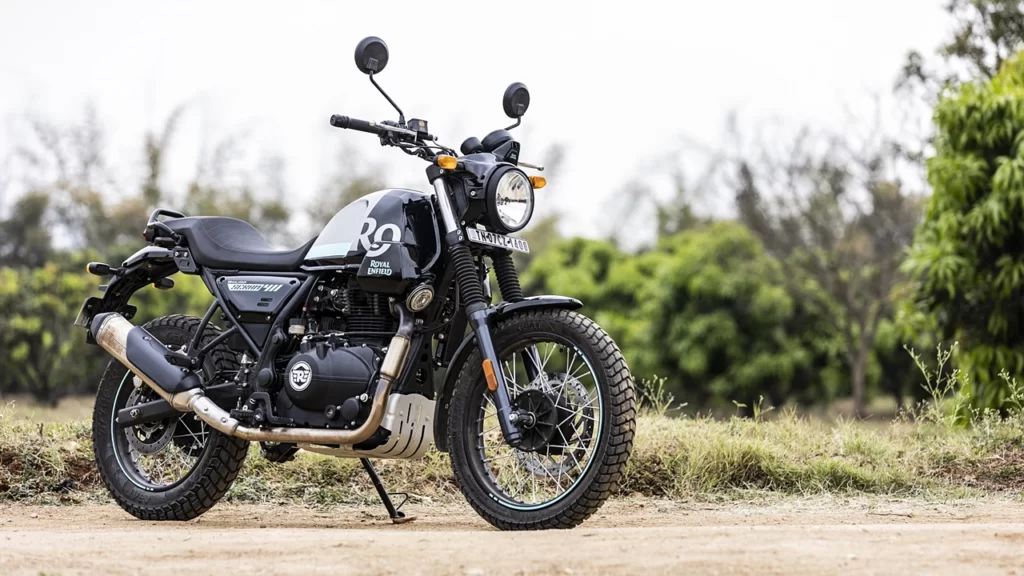
1 Comment